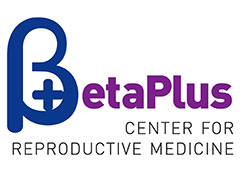Menstruation or period is a monthly bleeding from the uterus and represents the shedding of the inner lining of the uterus under the influence of hormones produced in a woman’s body. The hypothalamus begins to secrete GnRh which induces the anterior pituitary to release FSH and LH hormones and these hormones then stimulate the ovary to produce estrogen and progesterone. Female reproductive cells or eggs are in the ovaries and are being spent from puberty to menopause. Each month, the ovary starts growing follicles under the influence of the hormones. Only one of several follicles that start growth will continue to grow after the seventh day of the cycle and in that month this will be the one to ovulate.
After ovulation, the egg will go to the tube and the follicle will turn into a yellow body that starts producing progesterone. If there is sperm in the tube at the time of ovulation, fertilization may occur, and if not the egg will continue on its path towards the uterus. On the seventh day of ovulation the yellow body receives a signal saying there was no fertilization and begins to degrade, together with the egg. This leads to lower estrogen and progesterone secretion and the inner lining of the uterus, which thickens during the cycle under the influence of hormones, will no longer have enough energy to thicken further or maintain the achieved level of thickness. It will start to shed and the bleeding begins.




